February 2022: China National Nuclear Corp. (CNNC), a state-owned entity, has entered into an agreement with the Argentine government to construct the Atucha III nuclear power plant. The project, valued at USD 8 billion, will utilize China's Hualong One technology, aiming to revitalize a deal that had been delayed for an extended period. Atucha III is anticipated to generate 1,200 MW of gross power and have an initial operational lifespan of 60 years, contributing to the expansion of nuclear capacities in Argentina.
February 2022:
Governor Jim Justice of West Virginia has approved a bill that removes the ban on nuclear power plants in the United States. West Virginia, the second-largest coal producer in the country, contributed approximately 5% to the nation's total energy production in 2020. Despite its coal prominence, the state is now considering a shift towards reducing dependence on coal and exploring the potential of nuclear power.
In October 2023, Holtec International revealed a significant strategic collaboration with the National Nuclear Laboratory of the United Kingdom to work together on advances in spent fuel recycling technologies. This consortium looks to address the problem of spent nuclear fuel management in a new, environmentally responsible way. The goal of the partnership is to minimize the environmental impact and tackle the problem of spent fuel management from nuclear power plants, which is a major issue in today’s energy landscape, where countries are striving towards cleaner energy sources and climate change mitigation.
With Holtec's experience in spent fuel storage systems, such as it is, and NNL's skills in research, it is possible to make progress in enhancing the efficiency and safety of fuel recycling technologies. This particular strategy is embedded in Holtec’s more general aim of promoting safe nuclear power and aiding in the decarbonization of the world. The cooperation also stresses the need for global advocates to find solutions to the problem of safe disposal of nuclear wastes.
This February 2023, NuScale Power reported that it has successfully concluded the design work of its VOYAGER™-12 small modular reactor (SMR), demonstrating an advancement in nuclear energy technology. With the construction of twelve reactor modules, the VOYAGER-12 SMR is a deployable submarine power unit with the capacity to output electric power of 924 megawatts, making it a very expandable and deployable carbon-free energy generation system. Design considers safety, economy and diversity of energy use. PP-1000S is the only one that consists of several power modules, each of which is able to generate independent electricity, 77 MWe on efficiency.
It ensures a reliable supply of power even from places that are remotely located and space-constricted sites such as old coal power plant sites. The nuclear fuel cycle is optimized, and improved fuel forms are also applied to the nuclear plants wherein, this helps to minimize nuclear waste.
The VOYAGER-12 can be efficiently utilized for many purposes: esthetiс hydrogen generation, вод desalinate, and в мониторных централизованного отопления, as the equipment is also compact enough, and can therefore be used in non-carbon technologies industries. Further enhancement of the reactor safety by NuScale makes VOYAGER-12 a promising tool in a global shift toward greener forms of energy.
October 2024: Last Energy has announced plans to build four microreactors at the disused Llynfi power station site in Bridgend, South Wales. The project, scheduled for completion in 2023, seeks to meet the electrical needs of regional industrial customers and represents £300 million worth of investment into the region.
December 2024: Lightbridge Corporation celebrated the signing of the Memorandum of Understanding under which the US Nuclear Regulatory Commission and the US Department of Energy will work together towards the readiness and development of new advanced nuclear fuels.
February 2025: Korea Hydro and Nuclear Power had, one year prior, signed a Letter of Intent with Centrus Energy Corporation, a supplier of nuclear fuel based in the United States. Now Centrus will supply enriched uranium, with Korea Hydro and Nuclear Power placing an order for ten years.
March 2023: Ultra Safe Nuclear Corporation is developing Micro Modular Reactors and contracted with Urenco to supply their operational design with enriched uranium. This is a novel step for Urenco, as it is their first product of enriched uranium for an advanced nuclear reactor which Urenco expects to be shipping by 2025.
February 2022: Framatome U.S. Nuclear Regulatory Commission permitted Framatome to move, using their containers, fresh nuclear fuel assemblies containing up to 8 percent Uranium 235. This authorization helps transport new nuclear fuels within the boundaries of the USA.
November 2021: X-Energy received some of the funds as the United States Congress allocated $1.1 Billion to its Advanced Reactor Demonstration Program (ARDP) project to meet the energy challenges facing the US economy and infrastructure.
April 2020: Novosibirsk Chemical Concentrates Plant (NCCP) from Russia, a part of TVEL, the Nuclear Fuel Cycle company, agreed with the Egyptian Atomic Energy Authority to supply components for the ETRR-2 research reactor. This agreement provides for ten years to supply low-enriched nuclear fuel components.


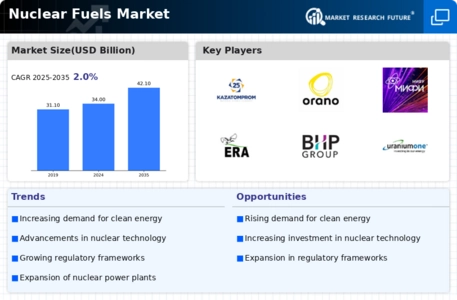
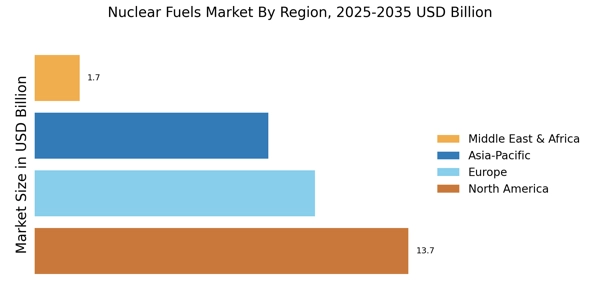
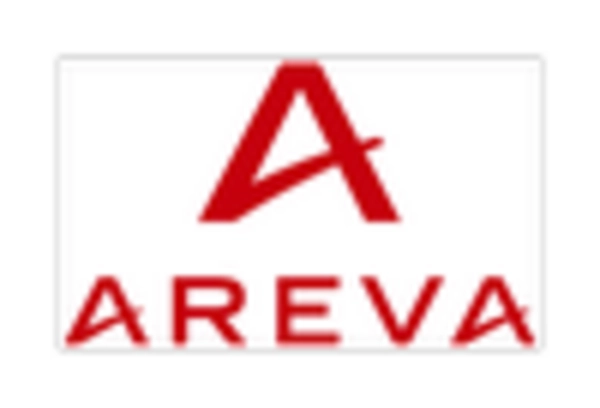
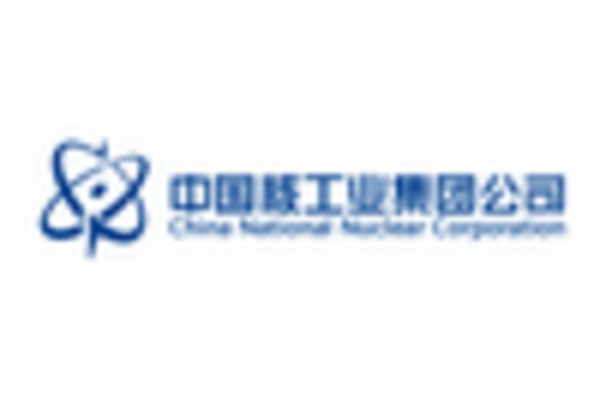
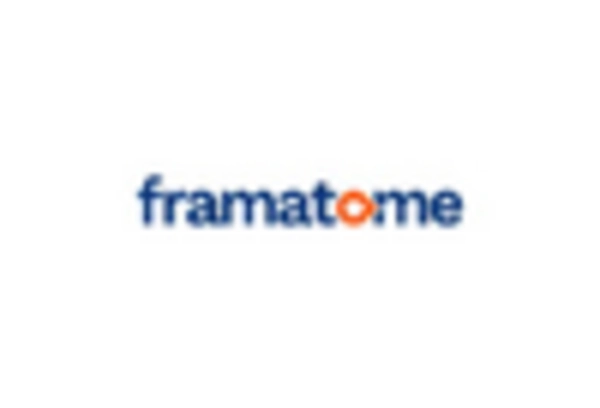

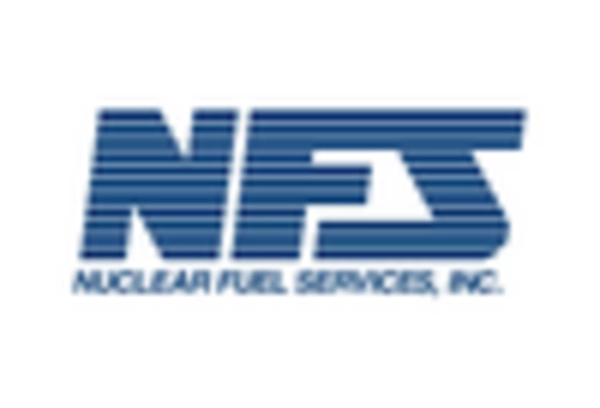

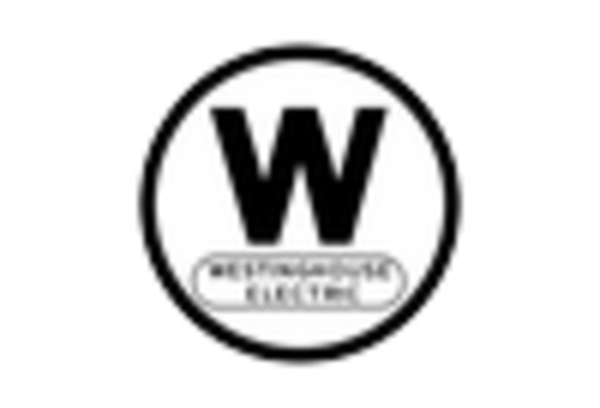








Leave a Comment